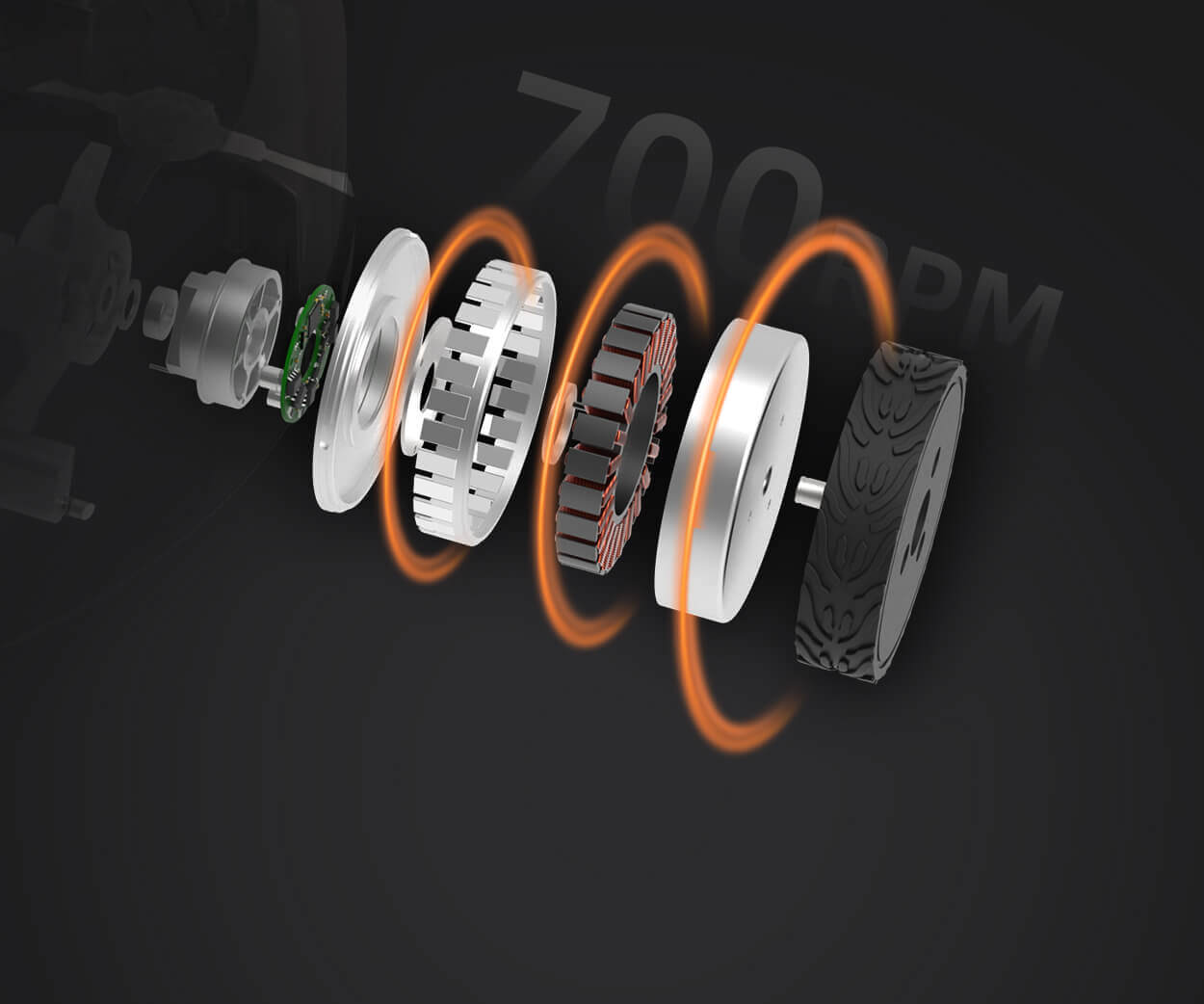In the dynamic landscape of industrial innovation, electric motors have become the backbone of countless machines — from tiny gadgets to massive industrial equipment. Their ability to convert electrical energy into rotational motion has made them indispensable, but there's an unsung hero working behind the scenes to refine their output: gear reduction.

At its core, gear reduction is about managing power transmission. An electric motor generates rotational velocity (speed) and torque (force) — two critical metrics that dictate how a machine performs. Sometimes, the raw output of an electric motor isn’t suitable for the application at hand; the motor may spin too fast, or lack the necessary force to do the job efficiently. That's where gear reduction comes into play.
Imagine trying to move a heavy piece of furniture with your bare hands versus using a wheeled dolly. The dolly acts as a form of gear reduction — it allows you to exert less force over a longer period, making a tough task easier. Similarly, gear reduction devices, typically gearboxes, provide a mechanical advantage, allowing motors to deliver higher torque at lower speeds, or vice versa, tailored precisely to the application.
So, why is gear reduction so vital? It enables precision control over motion, boosts efficiency, prolongs equipment lifespan, and reduces energy consumption. Whether in manufacturing plants, electric vehicles, robotics, or automation systems, the synergy between electric motors and gear reduction units optimizes performance while conserving power.
The main component in gear reduction is the gear mechanism itself—comprising gears, shafts, and housings—that orchestrates the transfer of torque and speed. They come in various forms, each designed to meet specific needs:
Spur Gearboxes: The simplest and most common, featuring straight-cut gears that engage along parallel axes. They’re reliable and cost-effective, suitable for moderate power transmission.
Helical Gearboxes: Featuring angled teeth, these gears deliver smoother and quieter operation with higher load capacity, ideal for precise or high-speed applications.
Planetary Gearboxes: Known for their compact design and high power density, they spread load across multiple gears, making them perfect for robotic arms and compact machinery.
Worm Gears: Offering high reduction ratios in a compact form, worm gearsets are great for applications requiring a significant speed decrease and increased torque.
The selection of the right gear reduction system hinges on several factors: the required torque and speed, the space constraints, efficiency goals, and maintenance considerations. Each gear type involves trade-offs — for instance, worm gears provide high reduction ratios but tend to be less efficient due to friction, while planetary gears offer excellent efficiency and load distribution but are more complex.
Beyond the specific gear type, the materials used in gear manufacturing influence durability and performance. Steel gears, for instance, are tough and long-lasting but heavier and more expensive. Plastic gears, meanwhile, shine in applications where weight and cost are priorities, though they may not handle as much torque.
The integration of gear reduction in electric motors also plays a crucial role in energy consumption. By fine-tuning the output to match operational demands, gearboxes can significantly lower power draw, extending the lifespan of the motor itself and reducing operational costs. This symbiotic relationship gears up industries for smarter, more sustainable solutions.
The technological advances in gear reduction systems don't stop at traditional gearboxes. Modern innovations, like harmonic drives and cycloidal reducers, push the boundaries of miniaturization and precision. These high-accuracy gear systems are indispensable in cutting-edge robotics and aerospace applications where precise motion control matters.
In essence, electric motor gear reduction acts like the unseen conductor of an orchestral performance. It harmonizes speed and torque, ensuring machinery operates smoothly, efficiently, and reliably. As industries continue to evolve—improving automation, reducing environmental footprints, and pushing technological limits—the importance of sophisticated gear reduction solutions only grows.
Stay tuned for the next part, where we will explore in-depth applications, recent innovations, practical considerations, and future trends in electric motor gear reduction technology.
Established in 2005, Kpower has been dedicated to a professional compact motion unit manufacturer, headquartered in Dongguan, Guangdong Province, China.




































